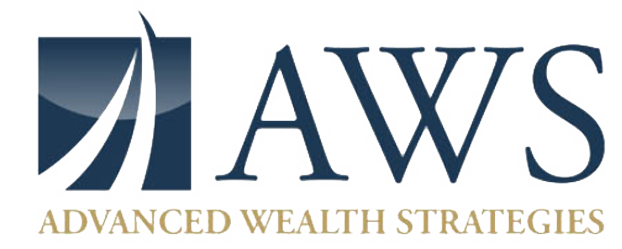Revitalizing Your Financial Strategy: Seasonal Adjustments for Optimal Growth
When planning for retirement, one of the strategies to consider is a Roth conversion. This financial move involves transferring funds from a traditional IRA or 401(k) to a Roth IRA. Understanding whether a Roth conversion strategy fits into your financial plan involves evaluating your current and future financial situations. Here, we’ll delve into what a Roth conversion entails, its potential benefits, and considerations to help you determine whether it’s a suitable strategy for you.
What is a Roth Conversion?
Let’s begin with the basics. A Roth conversion is the process of transferring pre-tax retirement funds from a traditional IRA or 401(k) into a Roth IRA. The amount converted is added to your taxable income for the year of the conversion and taxed at your current income tax rate. However, once the funds are in a Roth IRA, all future withdrawals that meet Roth IRA regulations are tax-free.
Benefits of Using a Roth Conversion Strategy
Tax-Free Growth and Withdrawals
Why undertake a Roth conversion strategy? Well, the primary benefit of a Roth IRA is that it offers tax-free growth and tax-free withdrawals in retirement, provided that certain conditions are met. This feature can be particularly advantageous if you expect to be in a higher tax bracket in retirement or if tax rates rise.
No Required Minimum Distributions (RMDs)
Unlike traditional IRAs, Roth IRAs do not require the owner to take required minimum distributions starting at age 72. This can be beneficial for those who do not need to draw on their IRA assets immediately, allowing the funds to continue growing tax-free. However, it is important to note that heirs may be subject to required minimum distributions on inherited Roth IRAs.
Estate Planning Advantages
Roth IRAs can be an effective tool for estate planning. Heirs inherit Roth IRAs tax-free, which can represent a significant transfer of wealth without the tax implications of other retirement accounts.
Considerations Before a Roth Conversion
Current and Future Tax Rates
The decision to convert should heavily consider your current tax rate versus your expected tax rate at retirement. If you anticipate being in a higher tax bracket in the future, paying taxes now at a lower rate could save money in the long run. Conversely, if you expect a lower tax rate in retirement, a conversion might not provide the same benefits.
The Tax Impact in the Year of Conversion
Adding a large sum to your taxable income could bump you into a higher tax bracket for the year of the conversion. This not only affects the taxes paid on the converted amount but could also impact other areas of your finances, such as Medicare premiums or the taxation of Social Security benefits.
Market Timing
While it’s impossible to time the market perfectly, the state of the market can influence the timing of your conversion. Converting when market values are low means more shares can be converted before hitting a taxable threshold, maximizing the money that grows tax-free.
The Five-Year Rule
Funds converted to a Roth IRA must stay in the account for at least five years before earnings can be withdrawn tax-free, regardless of age. Early withdrawals on the earnings may be subject to taxes and penalties, which could negate some of the benefits of conversion.
Is a Roth Conversion Right for You?
Deciding whether a Roth conversion strategy is right for you depends on several factors:
Age: Younger investors have more time to recoup the taxes paid on conversion through tax-free growth.
Income: If you’re currently in a lower tax bracket but expect to be in a higher one in retirement, a Roth conversion might be more beneficial.
Financial Goals: If your goals include leaving tax-free money to heirs or maintaining flexibility in retirement withdrawals, a Roth conversion might be advantageous.
Funds to Pay the Tax: Ideally, you should have funds outside of your IRA to pay the tax on the conversion to maximize the benefit.
